
Shuhe Ancient Town
Shuhe Ancient town, 4 kilometers north of Dayan Ancient Town, is an important part of Lijiang, the World Cultural Heritage Site. It is the earliest residence for Naxi people and it is the oldest village market in Lijiang.
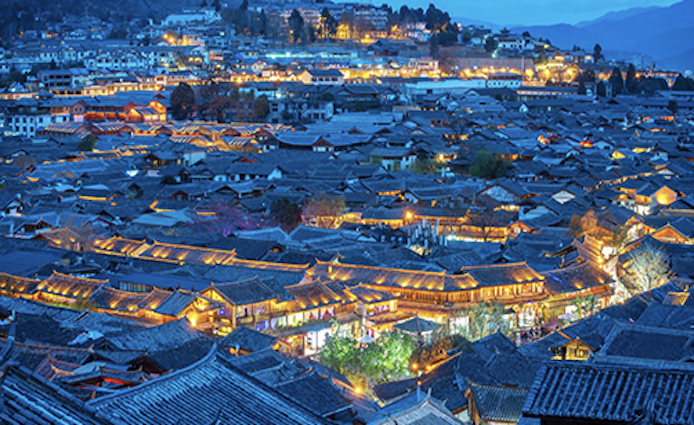
Surround by Naxi residential houses, the Sifang Square(Square Street) lies in the center of the village. It is a copy of Sifang Square of the Lijiang old town. Local people believe this Square is built earlier than its counterpart in Dayan town(Lijiang Old Town). The Square streets extend 35 meters from east to the west and 30 meters from the north to the south. Shops and stores lie in all directions and the street can be washed easily like the street in Dayan Town. It is said that Chieftain Mu opened Shuhe Square Street in the Ming Dynasty. Since then it had been an important station on the Ancient Tea and Horse Caravan Road and had attracted many Tibetan and Han, merchants.
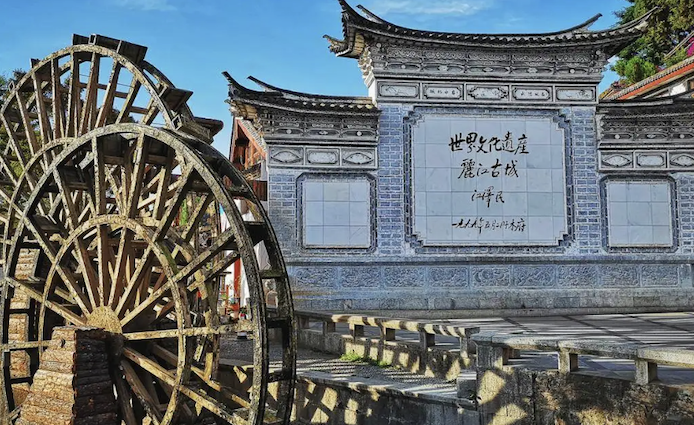
Shuhe used to be the Lijiang’s most famous “township of handicrafts” known for its leather processing, bamboo plaiting, and blacksmithing. Shuhe leather crafts were so mature that many products were sold to Zhongdian, Lhasa, and even India. A saying goes that “ the cobblers of Shuhe are really smart, they bunched the world with their awls. ” standing on a cobbler’s street will arouse the imagination of the old days when the craftsmen were doing their work.
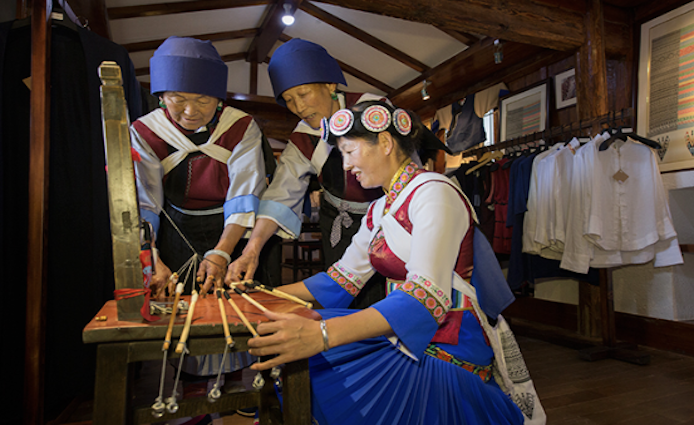
On the western side of the Square Street is a big stone bridge over the Qinglong River. In the Naxi language, the bridge is called "Ji'a", meaning "bridge over spring influx". The bridge was built in the year of Wanli of the Ming Dynasty. It is a mono-arch bridge with a span of 25 meters. Being 4. 5 meters in width and 28 meters in length, the bridge is the largest one on the Ancient Tea and Horse Caravan Route in Lijiang. Looking carefully at the surface of the bridge, one could identify marks from the horse hoofs on the stone slabs. Walking on the bridge, one could feel as if he is back in the old days. Standing on the bridge, far away mountains and nearby rivers flanked with trees and villages form a touching view of countryside beauty.
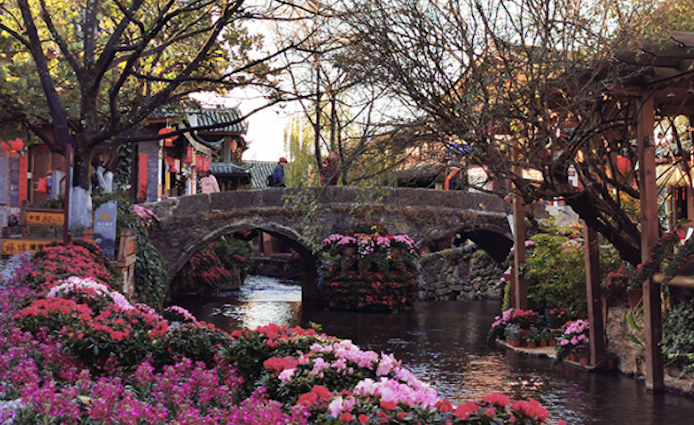
The Mu clan of the Naxi ruled here as vassals of the Ming Empire and then as vassals of the Manchus of the Qing Empire. The present building is a modern reconstruction, but it gives an idea of what their palace and castle once looked like. The original building covered twice the surface area, and it was constructed so grandly that it was said that it looked like a palace that could rival the Forbidden City of the Qing Dynasty.
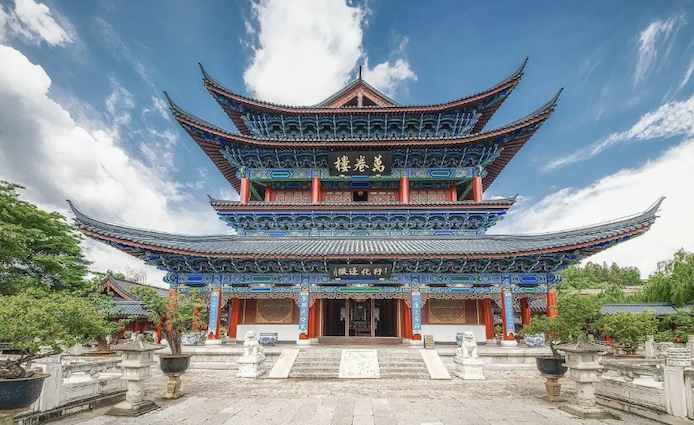
The present structure is built half the way up a hill in the middle of the Ancient City of Lijiang. It is on the eastern side, and it receives the morning sunrise light and is shaded in the evenings. It affords a good view of the surrounding city of Lijiang. This and the recreation of various architecture styles of the Ming and Qing eras and the Naxi artwork and decorations make the place a popular site in Lijiang City in Yunnan Province.
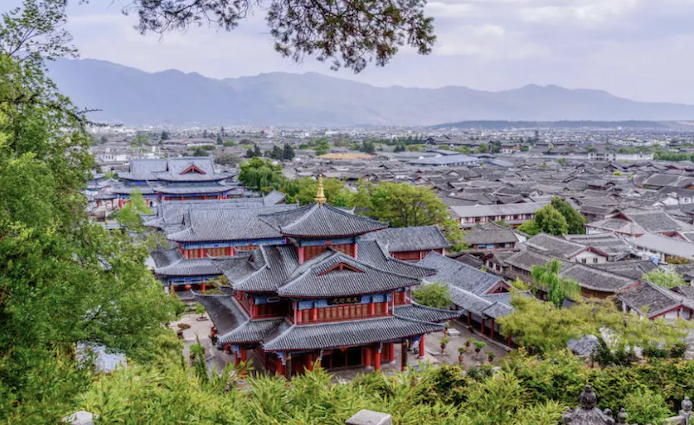
The present wooden complex and its gardens cover about eight acres. Visitors can walk around on the walkways and climb up and down the stairs and see the scenery and the interiors and courtyards. Tea is served to taste in a certain courtyard, and people can buy beverages and alcoholic drinks. The azalea and orchid gardens are particularly impressive and are a place to sit and rest for a while.
Photo Resource: Internet
If there's any copyright issue involved, please contact us to delete.



